Industrial archaeology
The Port of Treviso at Silea
With the return to civilian life after the 1940-45 war, the problem of Treviso's river port was finally tackled and in October 1945 it was founded by the City Council, Province and Chamber of Commerce. The Treviso Port Consortium commissioned engineer Giuseppe Stancari to draw up a project to construct a river port with annexed industrial zone. The project was ready in about two years and included provision for a 3 km link between the new river port at Silea and the Treviso-Motta railway. Work continued until 1950 under the direction of the Civil Engineers. Construction of the port involved a large workforce and in those years of unemployment and poverty provided a livelihood for the local population. Access roads to the port, wharfs and a 300 ton lock were constructed downstream of the "Taglio del Sile" canal. A hydroelectric generating station was also completed and entered into operation in 1954. The great industrial port complex which the newspapers described as "the most grandiose public work in the province" stopped for ever and the managing body, the Treviso Port Authority, survived humbly for a few more years.
The boatyard and shipyardsSmall industry and shipbuilding
In the 1930s near the "Cemetery of the
Burci" there was a small boathouse known as
dei Vezzà where boat builders repaired the boats which plied the Sile, including the Salute, Favorita, Umberto, Elisabetta and Costanza. At Casier in the 1920s the Cantieri del Levante - Salpanavi employed a workforce of more than 200 in their large shipyard. Originally owned by Ronfini (Officine Meccaniche Trevigiane), the Cantieri del Levante became a joint stock company with head office in Milan. In the shipyard they built iron motorboats with a high tonnage (about 4000 quintals) which were ballasted with large quantities of gravel in order to pass under Quarto d'Altino bridge. During the Second World War with the occupation of the Nazis, the partisans sabotaged the shipyard a number of times. The most significant action involved sinking (in agreement with the owners) two large craft commissioned by the Germans on the night of 16 December 1944. The last ship known to have been launched from the shipyard (probably the 16th) was the motorboat Frances. The Gazzettino newspaper of 4 April 1948 reports that "the whole population of Casier was present". The launch was blessed by the parish priest Don Antonelli and the ship was launched by a clerk working for the shipyard, Elsa Zanchetta. Just a few years later, the shipyard closed and in about 1957 its place was taken by "Sile, Costruzioni Termoidrauliche".
The island of Villapendola and the rebellion of the Sile
In April 1954 when the director of works, engineer Ceccotto, gave the order to tip boulders and rocks onto the bottom of the Sile to raise a dam at the point of diversion into the new one kilometre long straight canal which would enable boats to avoid five kilometres of narrow meandering river, the Sile wanted nothing to do with it and broke furiously against the rocks to the point that it terrified onlookers ("…el fasséa paura"). A great many men and machines had dug a large canal, 20 m wide upstream and 34 m wide downstream of the hydroelectric generating station, beginning at the port of Silea and continuing as far as far as the Vòlto dee Lavandère curve near Fiera. The canal allowed larger boats of a greater tonnage such as barges to transit more quickly. It was not easy to defeat the stubbornness of the river which, after rising 80 cm, decided finally to deviate down the new man-made canal, reducing the flow along the original route which became known as the Sile Morto. Digging the canal took four years from October 1950 to April 1954. Constructing the canal created an artificial island which became known as the island of Villapendola.
The Silea hydroelectric generating station owned by Elettroburgo Spa (Cartiere Burgo). It has been in operation since 1954 and exploits a 3.80 m drop. Worked by two Kaplan turbines, it generates 1750 kWh.
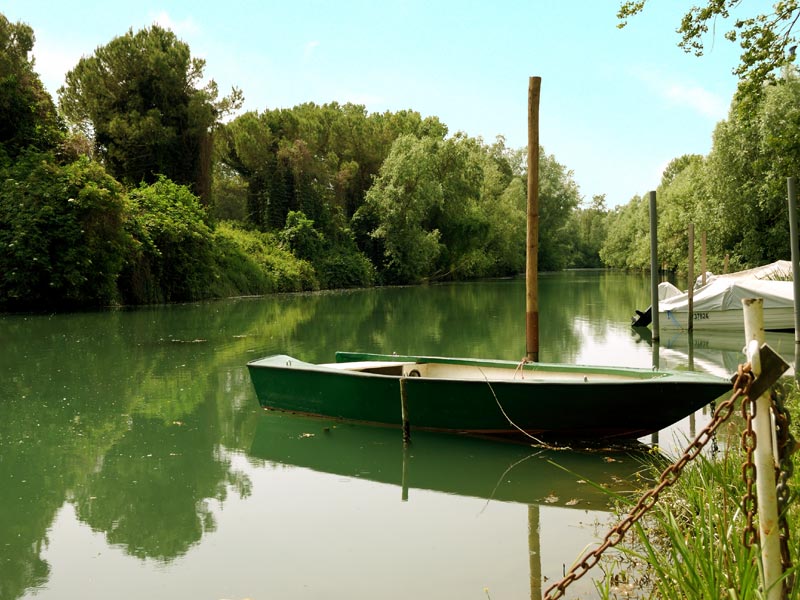
Pier of Sant'Elena di Silea
(photo by: Gianfranco Speranza)
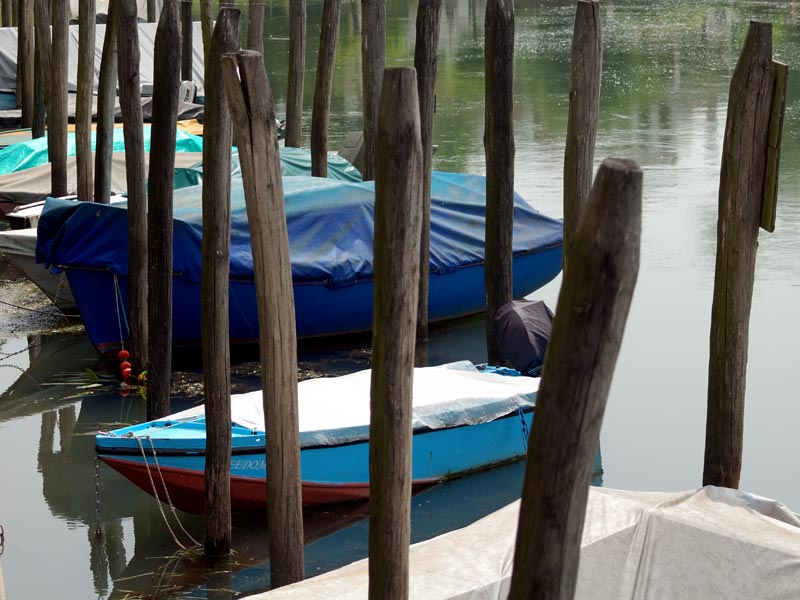
Pier of Cendon di Silea
(photo by: Gianfranco Speranza)
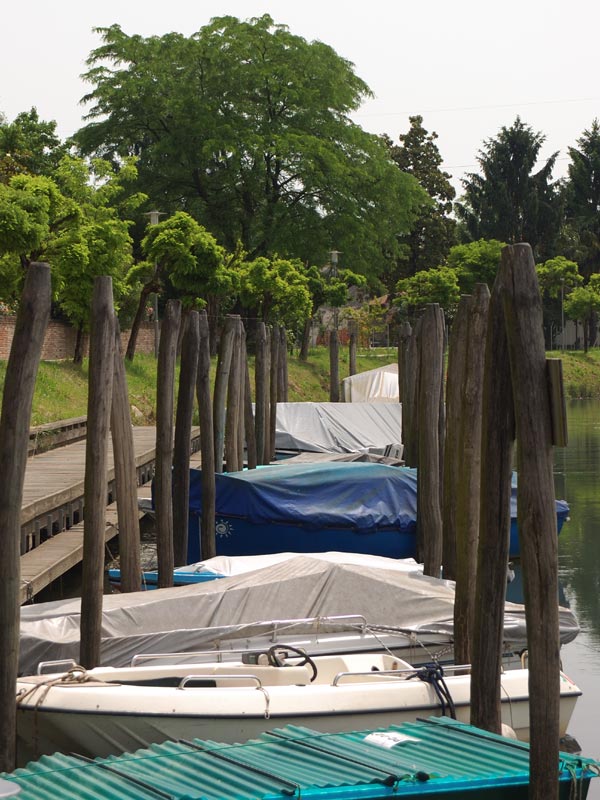
Pier of Cendon di Silea
(photo by: Gianfranco Speranza)
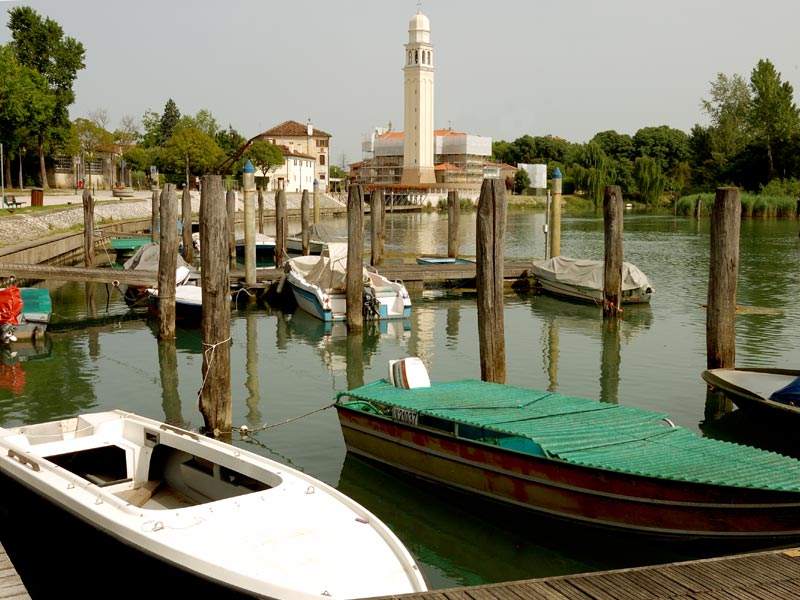
Port of Casier
(photo by: Gianfranco Speranza)
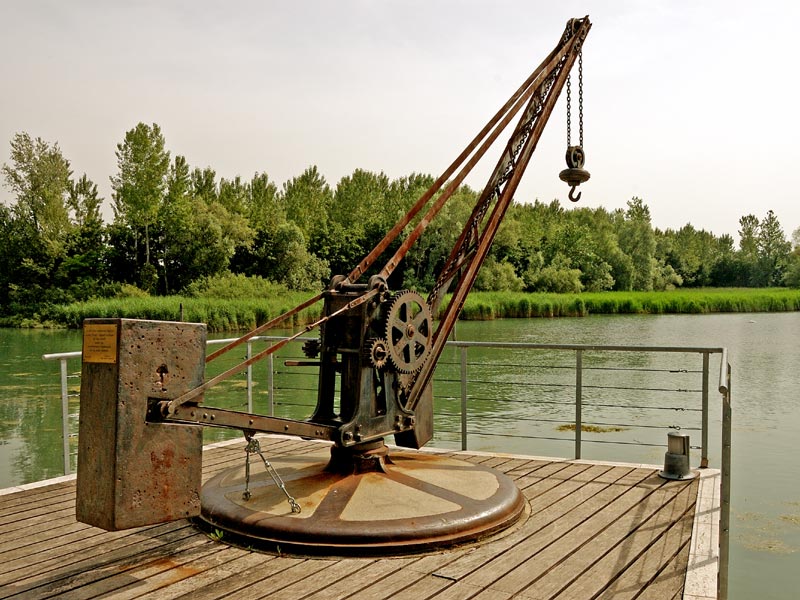
Port of Casier
(photo by: Gianfranco Speranza)










